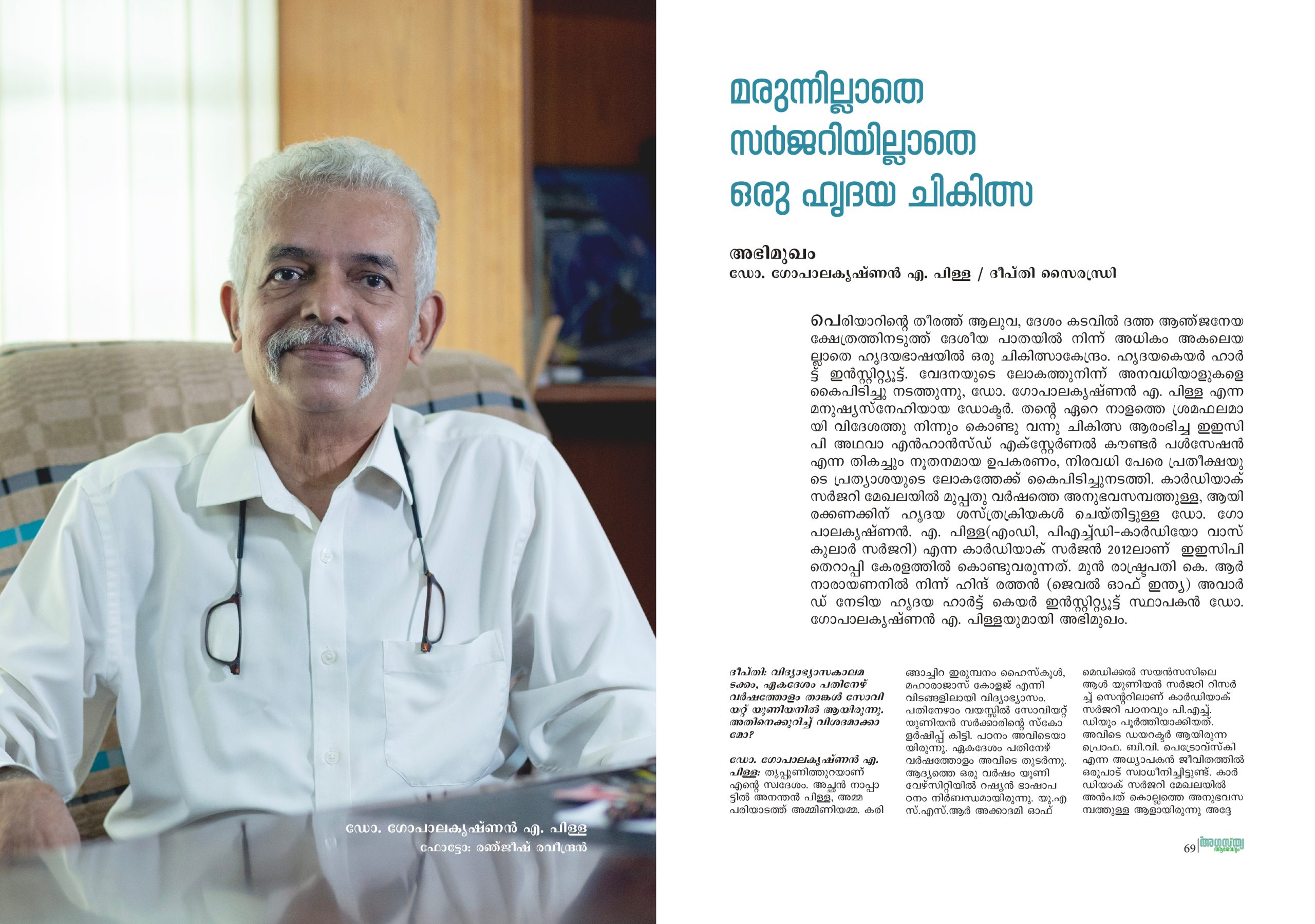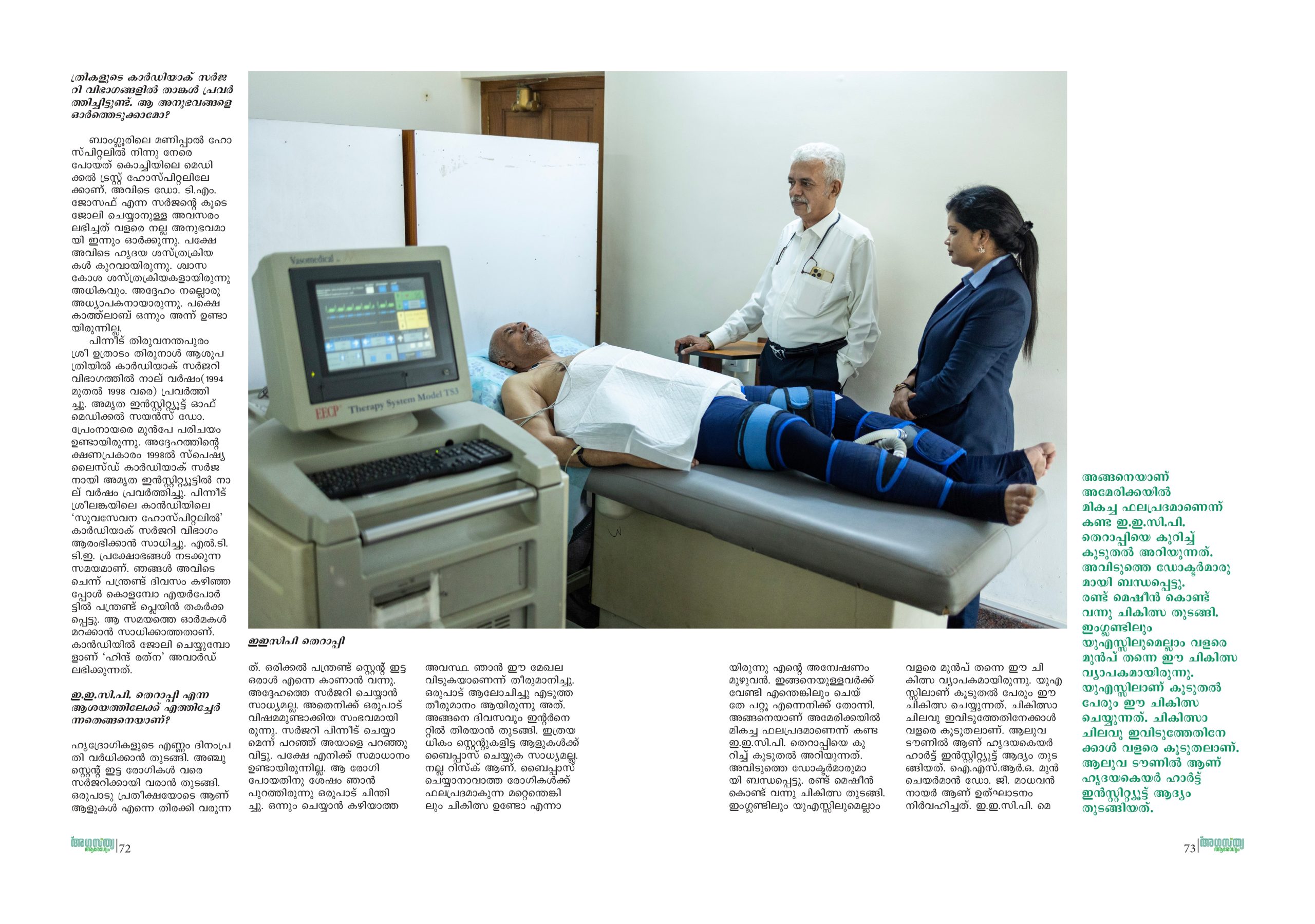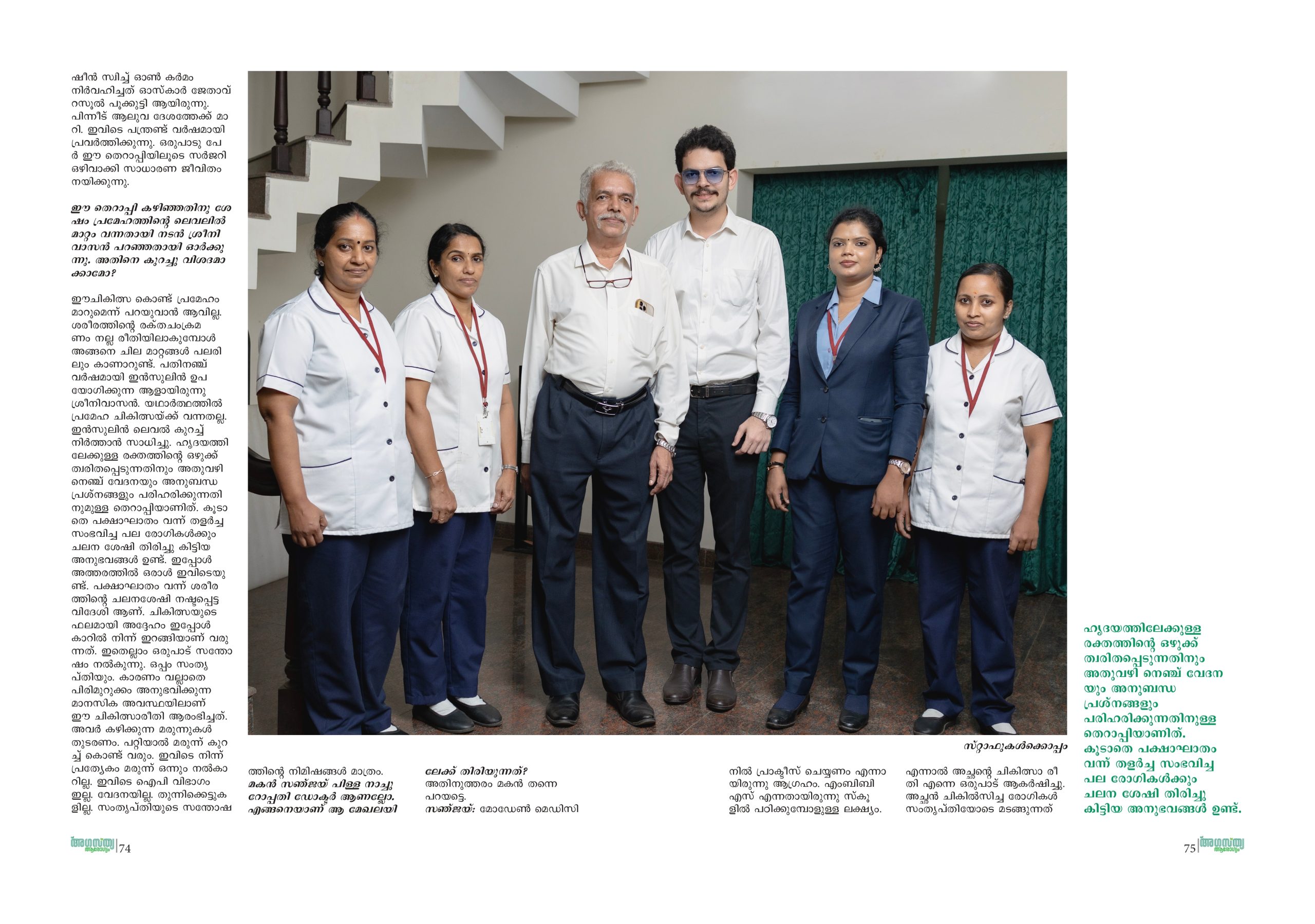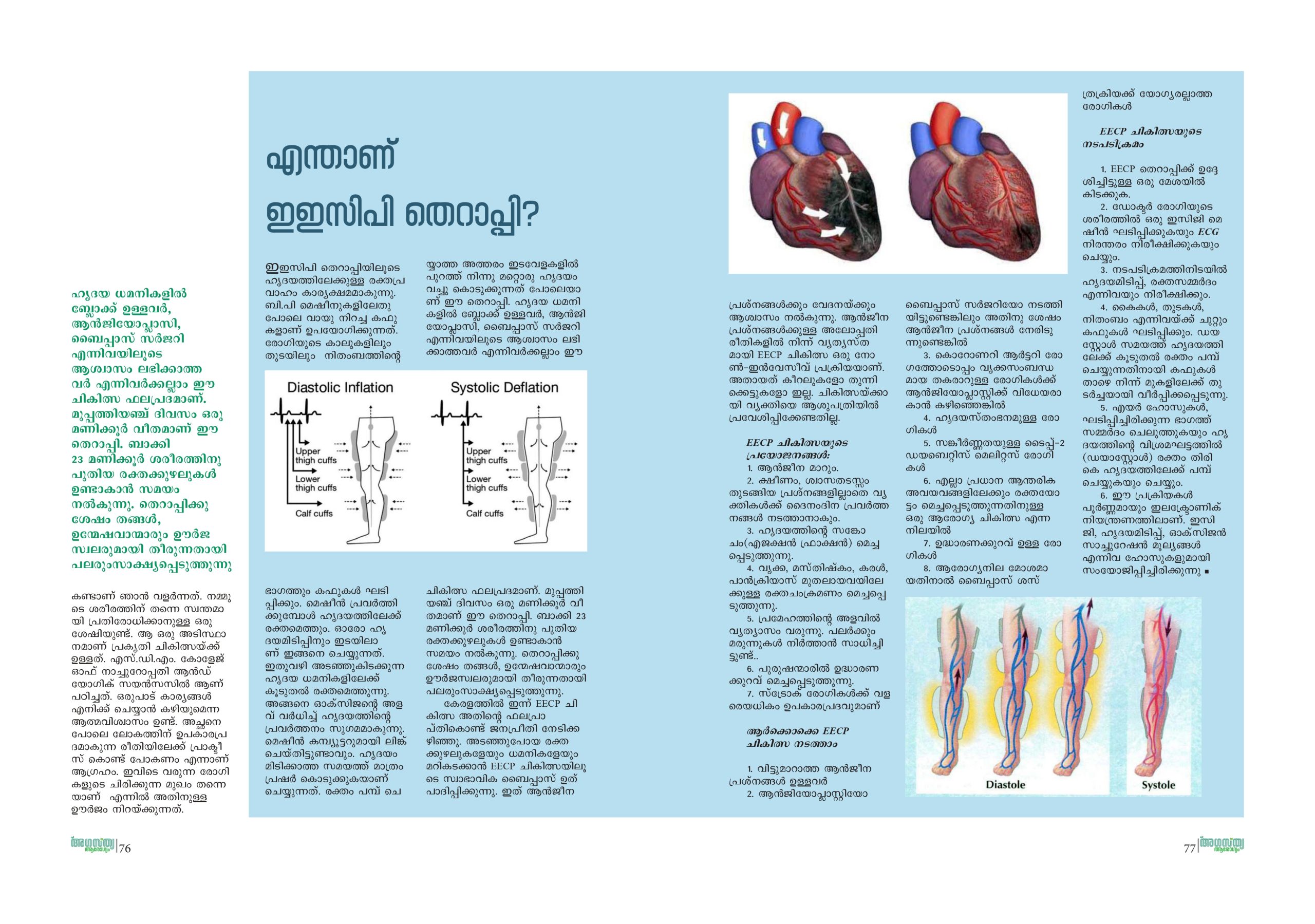Home
EECP - THE ONLY OPTION FOR PATIENTS WITH NO OPTIONS
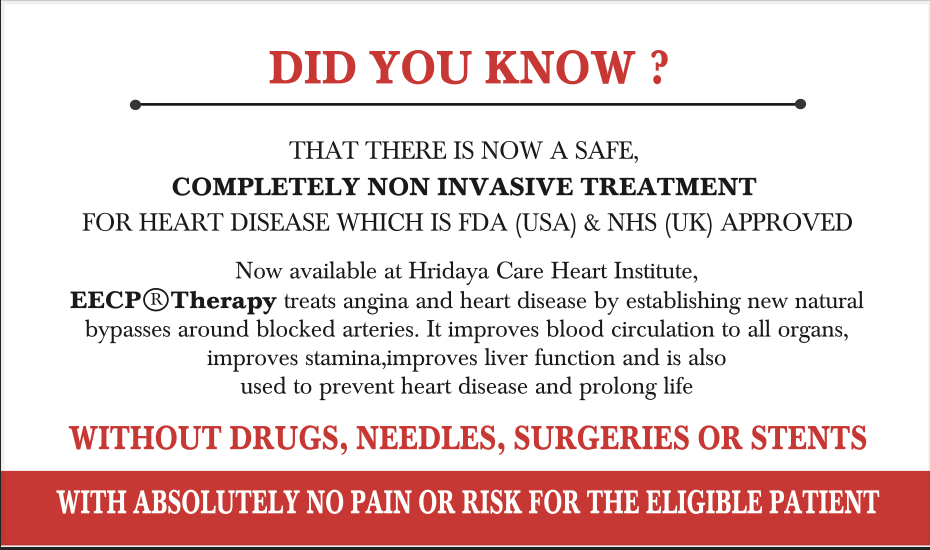
What is EECP Therapy?
Enhanced External Counter Pulsation (EECP) is a US FDA-approved, non-invasive therapy designed to enhance blood flow to the heart and brain by promoting the development of collateral circulation. It is recognized as a Class IIb recommendation by the American College of Cardiology (ACC) and the American Heart Association (AHA) for patients with refractory angina and heart failure.
The Only Viable Option for Certain High-Risk Cardiac Patients
For patients who are medically unfit or unwilling to undergo bypass surgery or angioplasty, EECP stands as the only proven non-invasive treatment option available. This includes individuals with:
-
Severe co-morbidities (e.g., kidney failure, uncontrolled diabetes)
-
Advanced age
-
History of multiple previous surgeries or interventions
-
Diffuse coronary artery disease not amenable to stenting or grafting
EECP offers these patients a safe, outpatient-based alternative that significantly improves blood flow to ischemic areas of the heart without the risks of invasive procedures.
The main advantages of the treatment are :
-
Non-Invasive, Outpatient-Based Therapy
EECP is completely non-surgical, requires no hospitalization or anesthesia, and is well-tolerated even by elderly or high-risk patients. -
US FDA-Approved & Internationally Recommended
-
Approved by the U.S. Food and Drug Administration (FDA) for the treatment of chronic stable angina and heart failure.
-
Recognized as a Class IIb recommendation by the American College of Cardiology (ACC) and the American Heart Association (AHA).
-
CE certified in Europe.
-
-
Improves Ejection Fraction (EF)
EECP has been shown to significantly improve left ventricular function in heart failure patients.
▶️ At Hridaya Care Heart Institute, we have documented remarkable improvement in ejection fraction (EF)—including cases where patients with an EF as low as 25% improved to over 60–65% following a structured course of EECP therapy.
These outcomes were achieved without surgery, using only non-invasive treatment and guided medical support. -
The Only Proven Non-Invasive Option for Patients Unsuitable for Bypass or Angioplasty
EECP is often the only effective treatment for patients who cannot undergo invasive procedures due to:-
Severe comorbidities
-
Renal dysfunction
-
Advanced age
-
Diffuse coronary artery disease
-
Prior failed surgeries or high-risk profile
-
-
Relieves Refractory Angina and Heart Failure Symptoms
-
Reduces angina episodes, breathlessness, and fatigue
-
Improves quality of life and daily functioning
-
-
Can Delay or Eliminate the Need for Bypass Surgery or Angioplasty
In many patients, EECP helps stabilize symptoms and improve perfusion, thus avoiding or deferring the need for invasive interventions. -
Enhances Cerebral Circulation – Stroke Recovery Support
Beneficial in post-stroke patients, EECP helps restore cerebral perfusion, improving alertness, motor strength, and functional recovery. -
Preventive Therapy in High-Risk Individuals
Can be administered safely in asymptomatic individuals with risk factors (e.g., diabetes, stress, family history) to promote cardiovascular health and prevent future disease.
✨ Our long-standing presence and track record of success make us one of the most respected EECP centers in India.✨
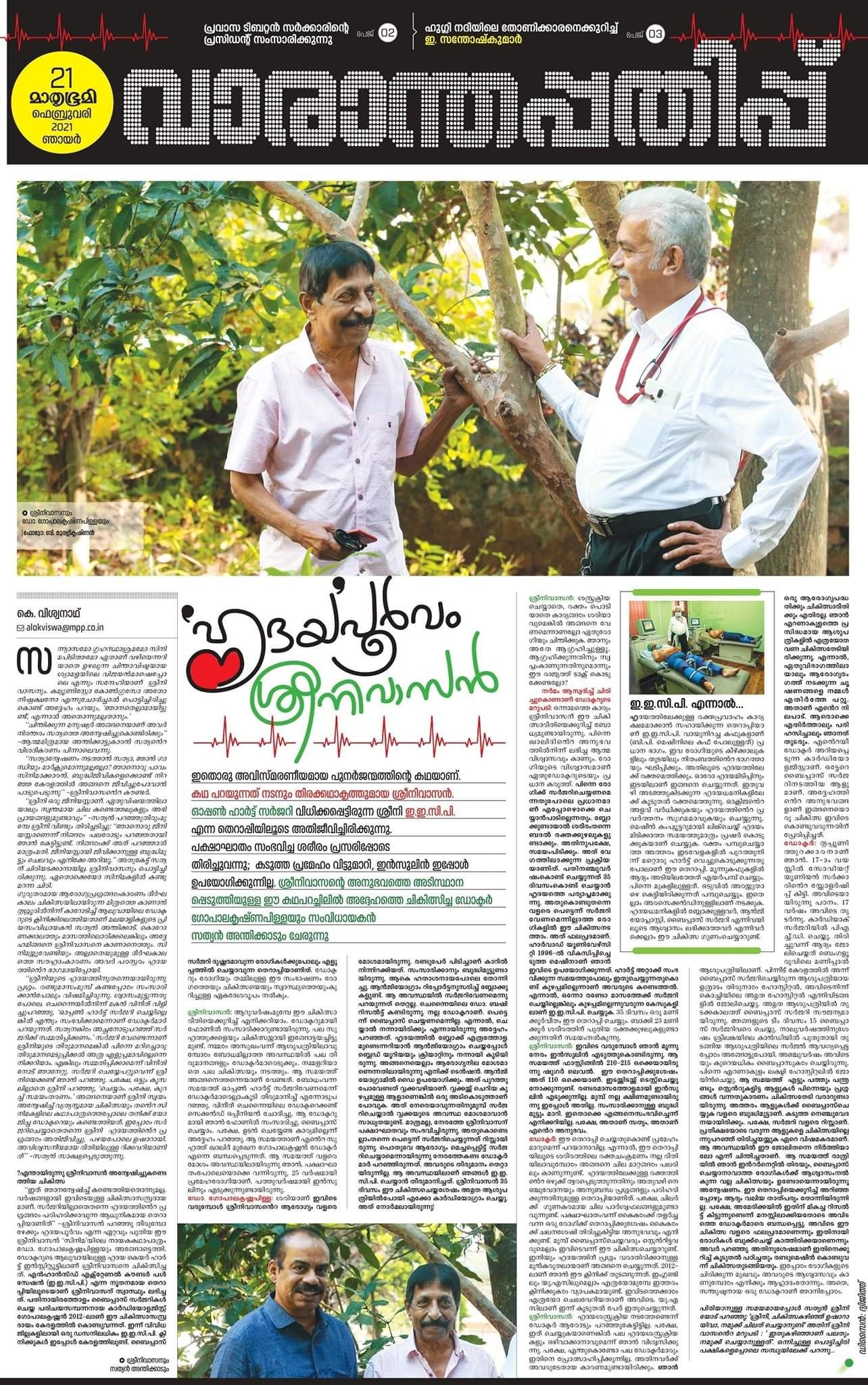

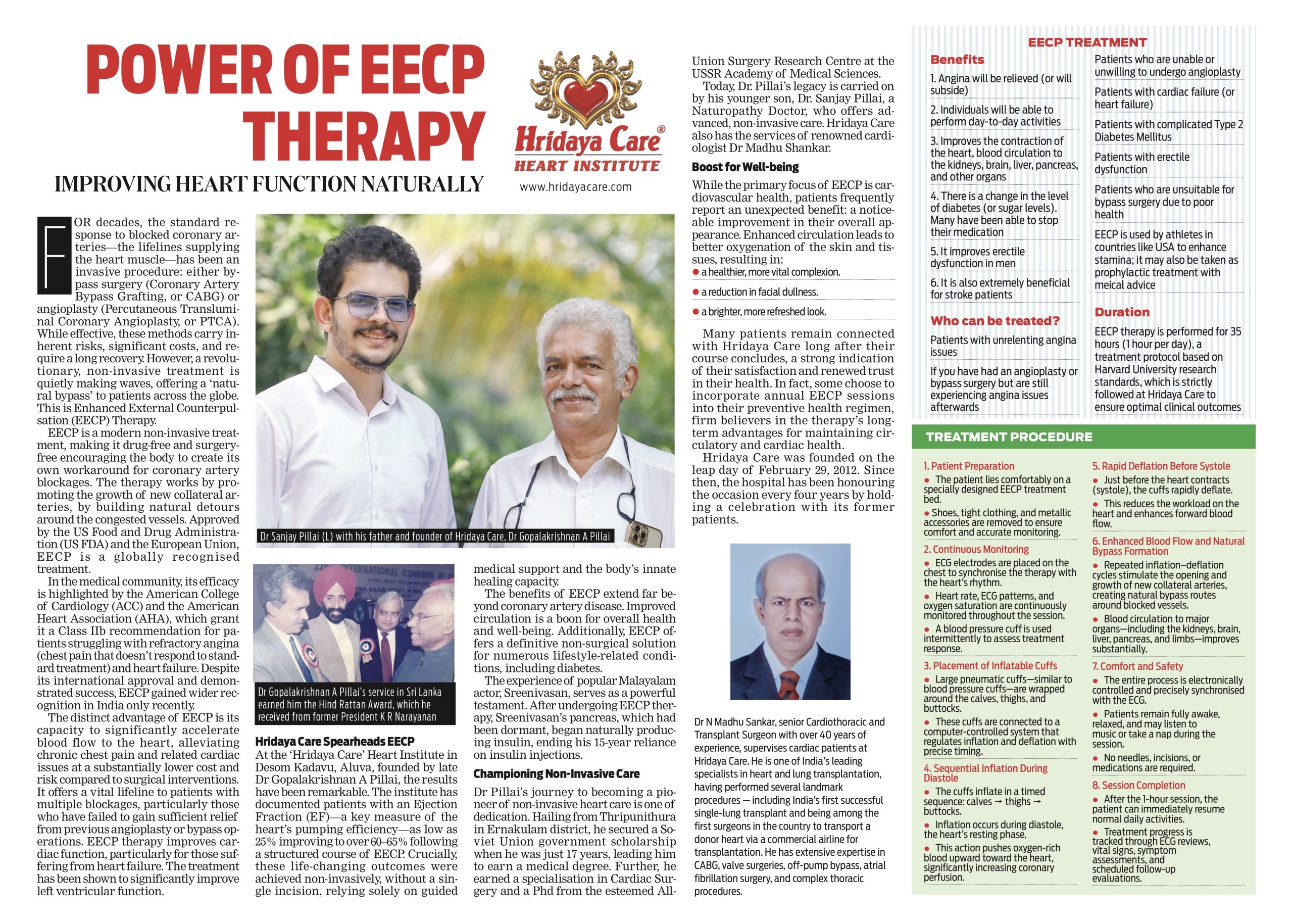

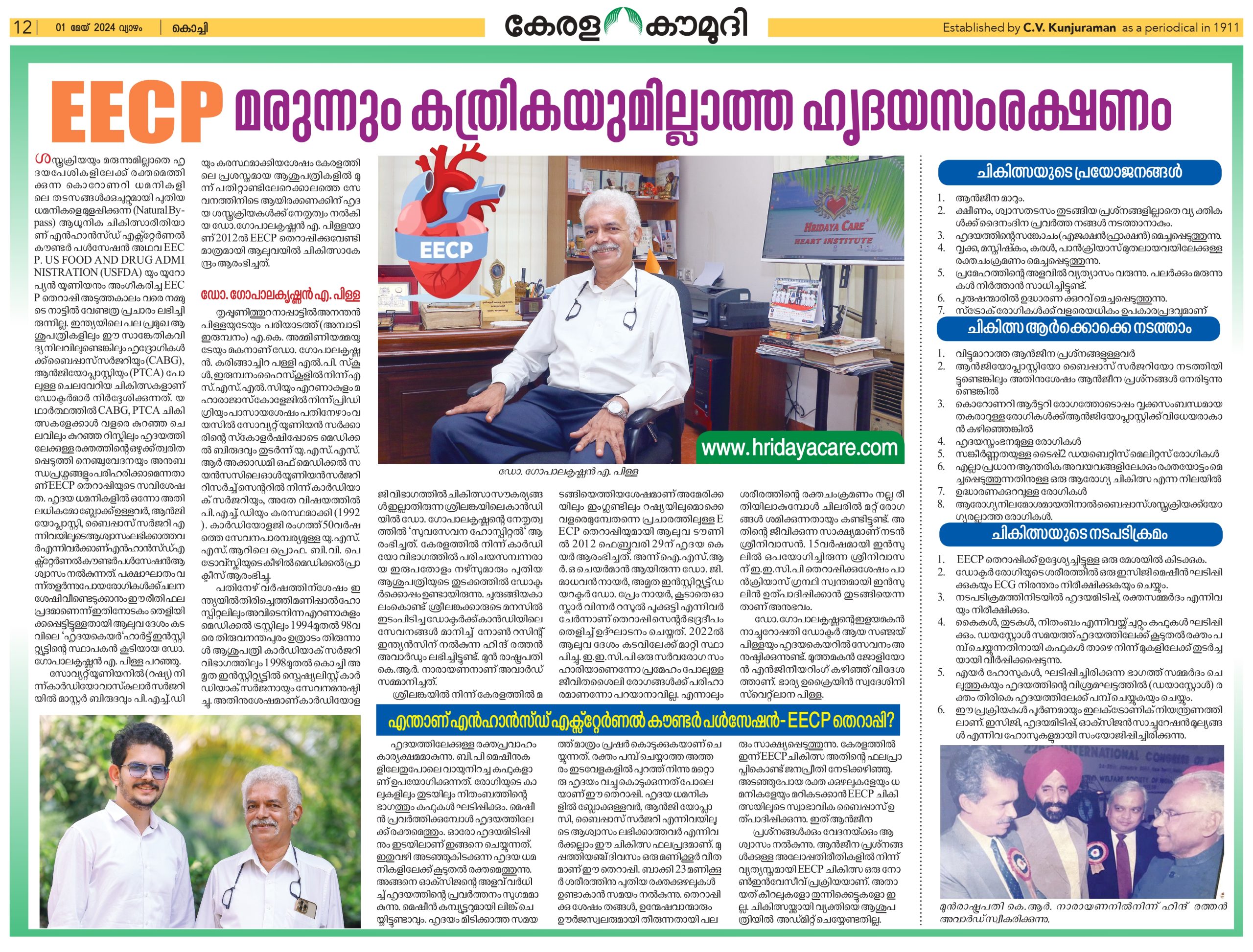
🌍 Globally Accepted, Selectively Available in India
Enhanced External Counter Pulsation (EECP) therapy is well-established in countries such as the United States, China, and across Europe, where it is integrated into standard cardiac rehabilitation and preventive cardiovascular care protocols.
In contrast, while EECP is approved and recognized in India, only a limited number of centers currently deliver the therapy in accordance with international standards and evidence-based protocols.
🏥 Hridaya Care Heart Institute – A National Leader in EECP Therapy
Under the clinical leadership of Dr. Gopalakrishnan A. Pillai, a distinguished cardiac specialist and early advocate of non-invasive therapies in India, Hridaya Care Heart Institute has emerged as a pioneer in EECP therapy, with the following distinctions:
-
✅ Among the first centers in India to implement structured, protocol-based EECP treatment
-
✅ Consistently demonstrates a high success rate in patients with advanced cardiac disease, stroke recovery, and systemic circulatory disorders
-
✅ Actively engaged in raising awareness and clinical education on EECP therapy among both patients and the medical community
-
✅ Recognized as a referral center of excellence, trusted by medical professionals and patients from across the region
At Hridaya Care, we are committed to making advanced, non-invasive therapies like EECP accessible to patients who may not be candidates for surgery—and to those seeking safe, preventive solutions for long-term cardiovascular wellness.
Clinical Benefits Observed at Hridaya Care Heart Institute
-
Significant Improvement in Ejection Fraction
-
Patients with heart failure and ejection fractions as low as 25% have shown recovery to 60–65% EFfollowing EECP therapy.
-
This has helped many avoid or delay bypass surgery or angioplasty, especially those previously deemed inoperable.
-
-
Improved Organ Function through Enhanced Circulation
-
EECP restores perfusion to critical organs by improving systemic vascular function.
-
In several cases, patients with diabetes saw notable improvement—likely due to enhanced blood flow to the pancreas, resulting in better insulin regulation and, in rare cases, a reduction in dependence on medication.
-
Some patients with chronic kidney disease experienced improvements in renal function, with urea and creatinine levels stabilizing toward normal ranges after therapy.
-
-
Post-Stroke Recovery
-
EECP significantly improves cerebral blood flow, aiding stroke rehabilitation.
-
One of our stroke patients with complete hemiplegia was able to stand and walk again following a dedicated EECP protocol at our center.
-
-
Positive Response in Parkinson’s Disease
-
While not a primary indication, we’ve observed encouraging improvements in certain patients with Parkinson’s disease, including reduced tremors and better motor control post-EECP.
-
-
Improves Quality of Life in Refractory Angina and Heart Failure
-
Patients report reduced chest pain, improved stamina, better sleep, and enhanced day-to-day functioning.
-
-
Preventive Application in High-Risk Individuals
-
In asymptomatic individuals with strong family history, sedentary lifestyles, or metabolic risk factors, EECP is proving to be a valuable tool for preventing future cardiovascular and cerebrovascular events.
-
Our patients consistently report:
-
Significant improvement in symptoms
-
Increased energy and quality of life
-
Greater confidence in managing their heart health
✨ Additional Benefit: Noticeable Improvement in Appearance
An often-overlooked yet commonly reported benefit of EECP therapy is the enhancement in overall appearance.
Improved circulation leads to better oxygenation of the skin and tissues, resulting in:-
A healthier complexion
-
Reduced facial dullness
-
Brighter, more refreshed appearance
-
🩺 Many of them continue to stay in touch with us long after their treatment ends — a testament to their satisfaction and trust.
🔄 Some even choose to undergo EECP sessions annually as part of their preventive health routine, because they truly believe in the long-term benefits of the therapy.
The high level of patient satisfaction and loyalty reflects the effectiveness of EECP and the compassionate care delivered at our center.
Whether you're a heart patient, stroke survivor, or someone looking to stay ahead of future disease, EECP offers a powerful path to recovery and prevention—without any surgery or downtime.
ABOUT US
Hridaya Care Heart Institute was founded and is run by Dr. Gopalakrishnan A. Pillai M.D., Ph.D. (Cardiovascular Surgery), a cardiovascular surgeon with over 40 years of experience in cardiology and cardiac surgery with over 10,000 heart surgeries behind him.

Dr. G.A. Pillai also works with Amrita Institute of Medical Sciences & Research Centre (AIMS, Kochi) - (Visiting consultant) & Sri Ramachandra Medical College & Research Institute (Visiting associate professor)
PRESIDENT'S AWARD : He is also the recipient of the prestigious HIND RATTAN (Jewel of India) award from His Excellency K.R. Narayanan, President of India.
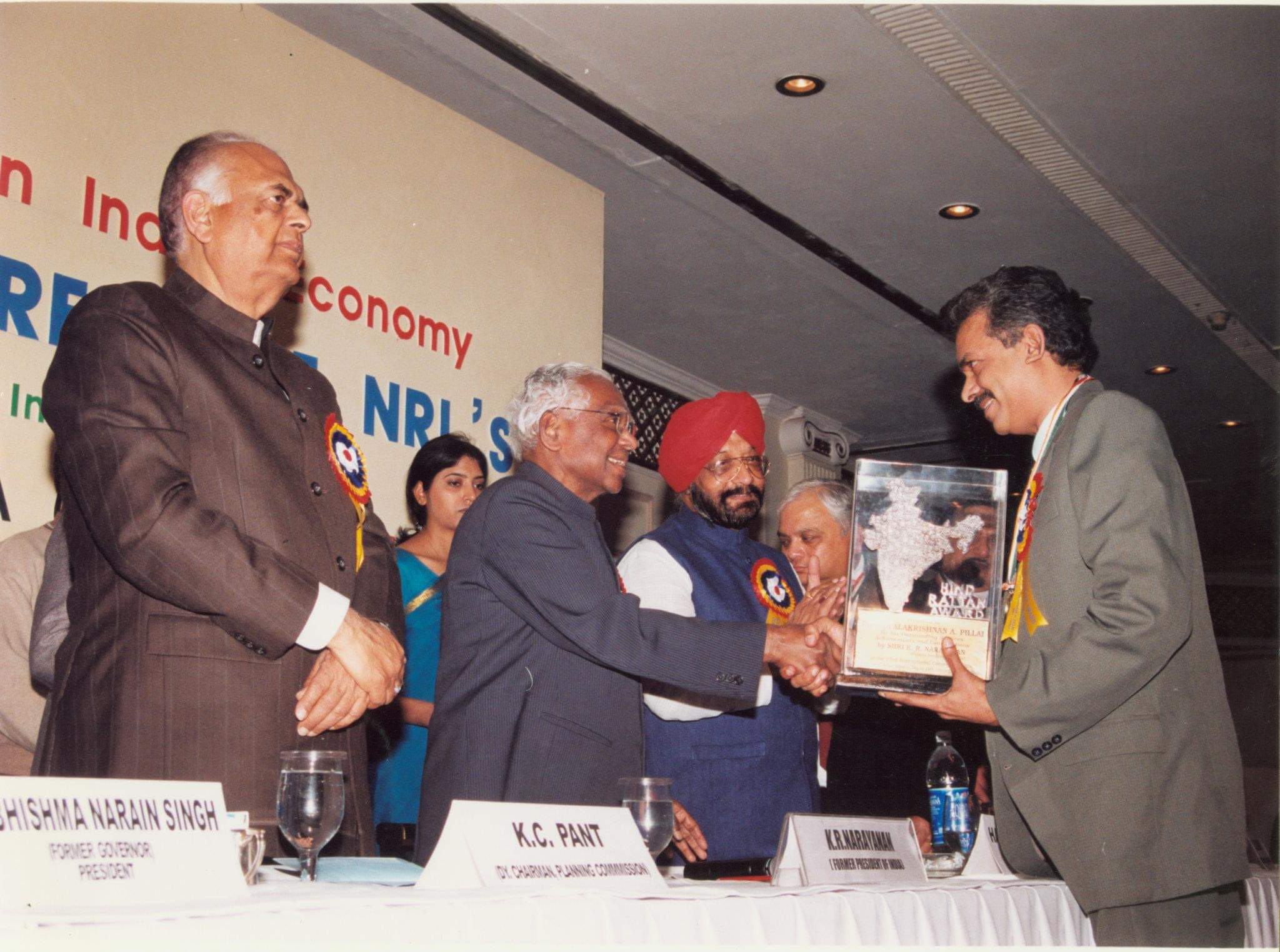
Stay Connected – Learn More Online
Follow us for patient stories, expert insights, and treatment updates:
YouTube: www.youtube.com/@HridayaCare
▶️ Watch real testimonials, recovery journeys, and informative videos.
Facebook: www.facebook.com/hridayacare
📘 Stay updated with news, educational posts, and community feedback.
More articles about us
TO BOOK AN APPOINTMENT
Call us: +91 9947454061 (Office Number)- (available from 9:00 AM to 5PM)
Share Your Reports for Expert Review
You can share your existing medical reports such as angiogram, ECG, echocardiogram, and other relevant investigations directly with our team for preliminary evaluation.
📱 Send them via WhatsApp to:
+91 98473 94877 (Dr. Gopalakrishnan A Pillai)
Please mention your full name and patient details when sending the reports.
📞 After sharing the documents, we recommend calling for further guidance and consultation scheduling.
Once received, Dr. Pillai will personally review the reports and advise whether the patient is a suitable candidate for EECP therapy. You may follow up with a phone call for further discussion or to schedule a consultation.
📅 Please note:
Appointments must be booked at least one day in advance to ensure adequate time for consultation and preparation.
📍 Plan your visit : We recommend viewing our location on Google Maps to help plan your visit efficiently:
Contact details (Call to book an appointment)
Address
Periyar Place, Desom - Chowra road, Desom, Aluva, Kerala 683102
Email
MD@hridayacare.com
drgapillai@gmail.com

